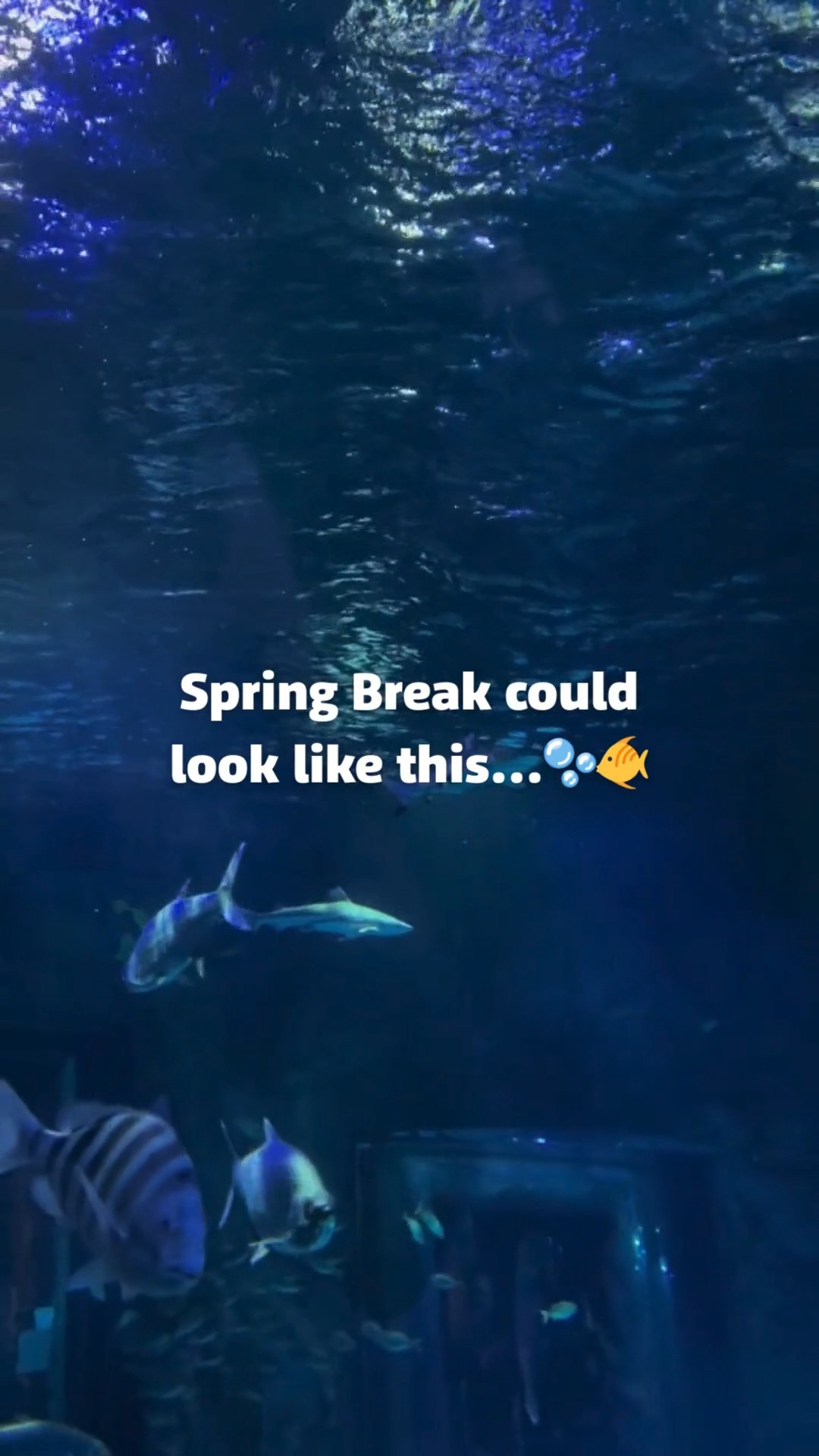- Experience the wonders of an underwater tunnel.
- Discover the fascinating world of jellyfish.
- Observe the vibrant diversity of colorful fish.
- Engage in interactive learning by touching a sea star.
- Appreciate the importance of marine conservation and education.
Walking through an underwater tunnel is a breathtaking experience that puts you face-to-face with marine life from every angle. As you step into the tunnel, you’re enveloped by shimmering blue waters filled with graceful sharks, majestic rays, and countless fish gliding above and around you. This immersive experience offers a dynamic view of aquatic ecosystems, fostering a deeper understanding of their complexity. The design of these structures, beneficial for both creatures and observers, creates a natural habitat that allows marine life to thrive as if left undisturbed by human presence. Engineers and biologists work together to ensure that the environmental needs of the sea animals are met, providing educational opportunities without compromising animal welfare.
Jellyfish, with their otherworldly appearance, intrigue ocean enthusiasts worldwide. Despite their apparent simplicity, these creatures have existed for millions of years and offer essential insights into marine biology. Observing jellyfish up close highlights their role in ocean ecosystems as both predator and prey. They maintain the balance by controlling plankton populations, thus influencing the availability of resources for other marine organisms. Modern aquariums implement advanced technologies, like specialized lighting and optimal tank conditions, to mimic the jellyfish’s natural habitat, ensuring their health while offering a captivating educational experience.
Next on the Spring Break Bucket List is discovering colorful fish. These vibrant marvels are not merely pretty to look at; they play significant roles in their ecosystems. Fish like the neon tetra and clownfish display striking hues due to pigments and structural coloration, adaptations aiding in communication, mating, and camouflage. Exploring these species enhances understanding of genetic diversity and adaptation strategies. Conservation programs in aquariums educate visitors on threats like overfishing and habitat destruction, emphasizing the importance of sustainable practices to preserve these vivid inhabitants.
The tactile experience of touching a sea star expands knowledge through direct interaction. Sea stars are echinoderms, related to sea urchins and sand dollars, known for their fascinating regenerative abilities. Hands-on interaction promotes curiosity and respect for marine life, making visitors more likely to support conservation efforts. Interactive exhibits demystify marine biology concepts and encourage an appreciation for lesser-known creatures that contribute to the ocean’s health.
The overarching theme connecting these activities is marine conservation and education. Aquatic environments face numerous threats, from climate change and pollution to unsustainable fishing practices. Institutions like aquariums play a pivotal role in raising awareness and advancing conservation initiatives. They serve as hubs for research and public engagement, reflecting a commitment to preserving ocean biodiversity for future generations. By participating in these experiences, visitors contribute to a broader movement advocating for the health of our oceans, emphasizing the collective responsibility in environmental stewardship. These moments of discovery and awe, intertwined with educational insights, lay the foundation for a more informed and proactive society in the pursuit of protecting our planet’s rich marine life.
*****
Source Description
Spring Break Bucket List: SEA LIFE Edition
✔ Walk through an underwater tunnel 🦈
✔ See a jellyfish up close 🪼
✔ Spot the most colorful fish 🐠
✔ Touch a sea star ⭐
What’s the first thing you’re checking off?
Plan your visit today at the 🔗 in bio.


